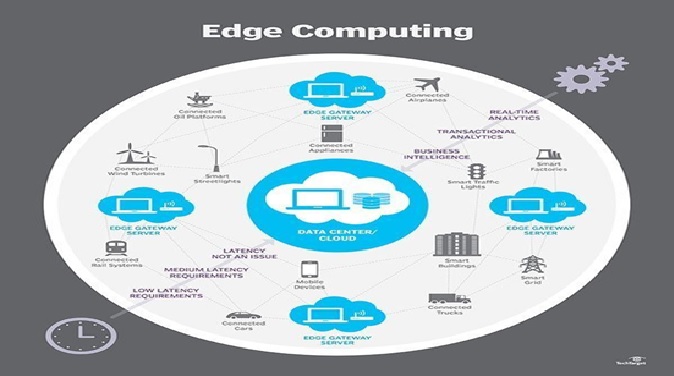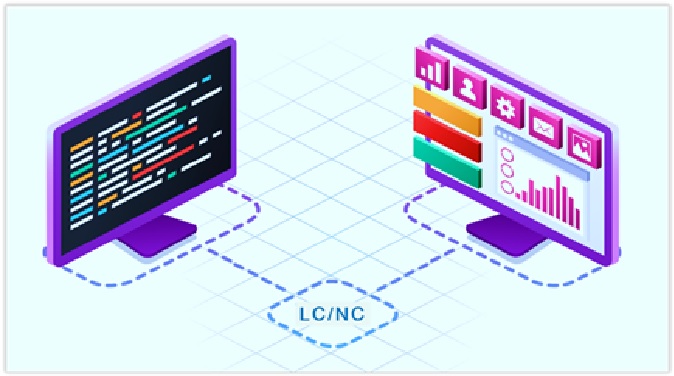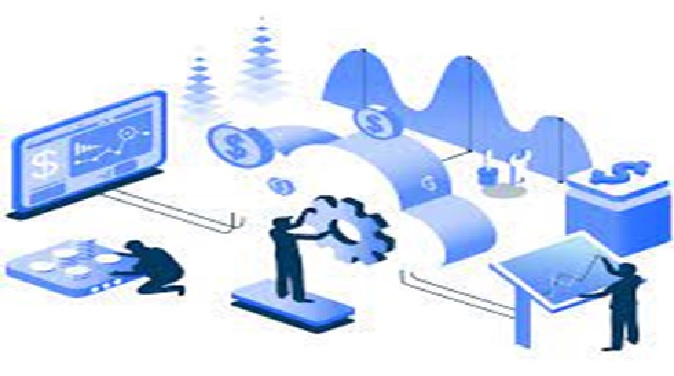Serverless Computing
Serverless Computing came into the computing industry as a result of the emergence of the sharing economy. Here, compute resources are provided as a service rather than installed on physical servers. This means that the organization only pays for the resources they use rather than having to maintain its servers. In addition, serverless cloud solutions are becoming popular due to ease of use and ability to quickly build, deploy and scale cloud solutions. Overall, technology is an emerging trend that is growing in popularity over the years.
Serverless computing is emerging as a new computing paradigm for the deployment of applications in the cloud. It has two important advantages over its predecessors. Firstly, it allows software developers to outsource all infrastructure management and operational tasks to cloud providers, which makes it possible for them to focus only on the business logic of their applications. Secondly, it follows a pure pay-per-use model, where users are only charged based on the resources they consume. Currently, serverless computing comes in two different flavours, known as backend as a service (BaaS) and function as a service (FAAs).
Serverless cloud computing handles virtually all the system administration operations needed to make it easier for programmers to use the cloud. It provides an interface that greatly simplifies cloud programming, and represents an evolution that parallels the transition from assembly language to high-level programming languages. This paper gives a quick history of cloud computing, including an accounting of the predictions of the 2009 Berkeley View of Cloud Computing paper, explains the motivation for serverless computing, describes applications that stretch the current limits of serverless, and then lists obstacles and research opportunities required for serverless computing to fulfil its full potential.

Figure 1.Serverless Computing
Figure 1 shows serverless computing is a cloud computing execution model where the cloud provider dynamically manages the allocation and provisioning of computing resources. In a serverless architecture, the cloud provider handles the underlying infrastructure and automatically provisions resources as needed to execute a particular function or piece of code.
Serverless computing is often referred to as Function-as-a-Service (FAAs), as it allows developers to write and deploy small pieces of code, called functions, without worrying about the underlying infrastructure. These functions are executed on demand, only when triggered by an event or request, and the cloud provider takes care of scaling the resources up or down based on the workload.
One of the main benefits of serverless computing is that it allows developers to focus on writing code rather than worrying about infrastructure management. It also provides cost savings since users only pay for the exact amount of computing resources they consume, rather than having to pay for a fixed amount of resources all the time.
Popular serverless platforms include Amazon Web Services (AWS) Lambda, Microsoft Azure Functions, and Google Cloud Functions.
References:
- https://www.analyticsinsight.net/top-10-cloud-computing-trends-to-look-out-for-in-2023/
- https://journalofcloudcomputing.springeropen.com/articles/10.1186/s13677-022-00347-w
- https://arxiv.org/abs/1902.03383
Cite this article:
Janani R (2023),Serverless Computing, AnaTechMaz, pp.68















